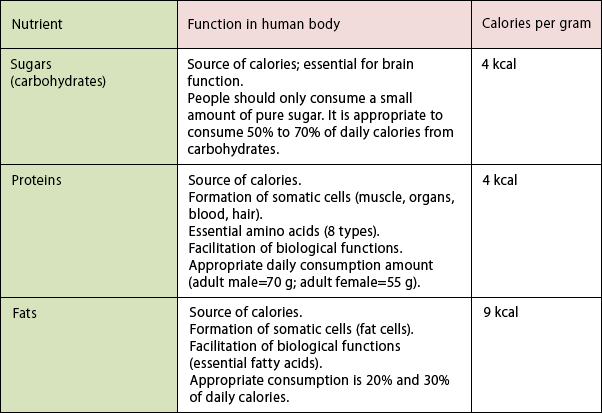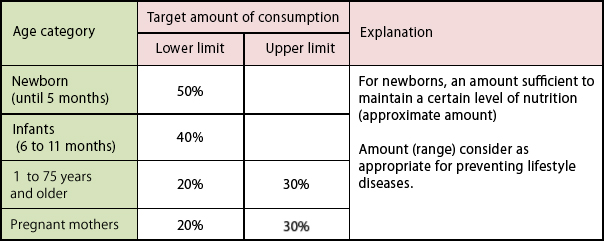Japan is known for having the longest lifespan of any country in the world. According to the 2023 Abridged Life Table (bulletin) published by the MHLW, Japanese women have the longest lifespan in the world among all countries, while Japanese men rank fifth. The average lifespan (estimated average remaining lifespan for infants who are 0 years old) is 87.14 years for women and 81.09 years for men. When considering that the average lifespan immediately after World War Two in 1947 was 53.96 years for women and 50.66 years for men, this is an incredible increase. On the same level as medical advancements and improved living environments, heightened nutrition through improved diets has contributed significantly to this dramatic increase in average lifespan. Notable aspects of dietary improvement include increased consumption of meat, milk and dairy products, and fats. Previously, the Japanese diet lack animal protein and fat, but Japanese people today now consume appropriate amounts of these nutrients. During this time, overall fat intake has increased. In recent years, there was a temporary declining trend, perhaps due to concerns about the declining birthrate and excess intake. Nevertheless, over the past few years, understanding of the health aspects of vegetable oils has progressed, which has led to a gradual increase.
This section introduces topics related to fats; specifically, the nutrient characteristics of vegetable oil, appropriate consumption, and the role fulfilled by vegetable oil. This section mainly refers to the Dietary Reference Intakes for Japanese (2025 edition).
Vegetable oil is characterized as being a fat that is an inherent nutrient. Therefore, the nutrient value of vegetable oil can be directly replaced with the phrase "nutrient value of vegetable fats." There are very few types of foods which fall into this category; another example is sugar.
Together with proteins, sugars (carbohydrates), vitamins, and minerals, fats are one of the five major nutrients. The main heat sources (calorie sources) for the human body are sugars, carbohydrates, and fats. Table 1 shows the nutrient characteristics and main effects on the human body for these nutrients, which were previously referred to as the "three main nutrients." All three of these nutrients fulfill important functions in supporting the activity of the human body. Appropriate consumption of these nutrients is important for maintaining health.
One characteristic shared by these three nutrients is that they are all important energy sources. In particular, fats provide 9 kcal of energy per gram. This creates concern for excessive consumption of calories when consuming too much fat, and has created the misconception that "eating fats will make a person fat." However, fats are an efficient energy source which improve the activities of the human body when consumed in small amounts.
In addition to supplying energy, we hope that consumers will recognize the other important function of fats introduced in this section. We encourage consumers to eat an appropriate amount of fats in addition to sugar and protein.
Table 1: Functions of three main nutrients

Now, let's discuss the appropriate amount of fat consumption as an energy source. The Dietary Reference Intakes for Japanese (2025 edition) published by the MHLW provides the indices shown in Table 2.
The target consumption amount is a ratio (%E) of total daily calories consumed. The average daily calories consumed by a normal adult male are about 2,000 kcal, so it is appropriate to consume about 400 to 600 kcal from fat. This number is divided by 9 in order to calculate the required amount of fat consumption.
The term "target amount" does not mean that this amount is absolutely required; instead, as explained in the "Explanation" column of the table, this is an appropriate amount of fats to consume in order to prevent lifestyle diseases. For the time being, "target amount" simply designates an amount that people should try to consume. In addition, in the Dietary Reference Intakes for Japanese, the target amount of fat consumption for people aged 70 and over was raised to 15-20%E in the 2005 edition, 20-25%E in the 2010 edition, and 20-30%E in the 2015 edition. The 2020 edition also emphasizes the prevention of malnutrition in the elderly and prevention of frailty. The categories of elderly people were changed to the two categories of “65-74 years old” and “75 years old and above,” and the ratio of fat to calorie intake continues to be 20-30%E, as in the 2015 edition.
Table 2: Appropriate amount of fat consumption (ratio to energy consumed)

Source: Dietary Reference Intakes for Japanese (2025 edition) (MHLW)




